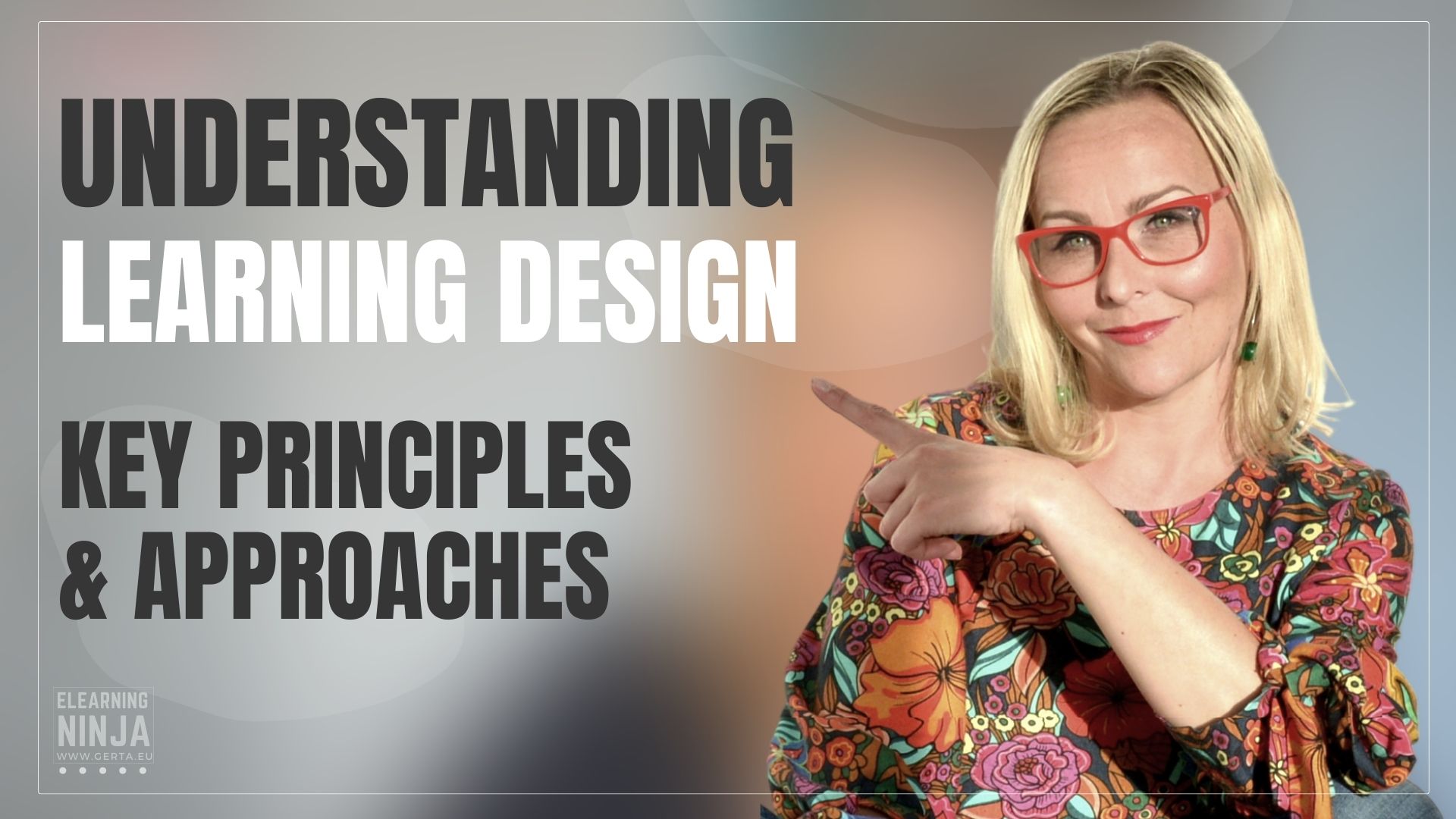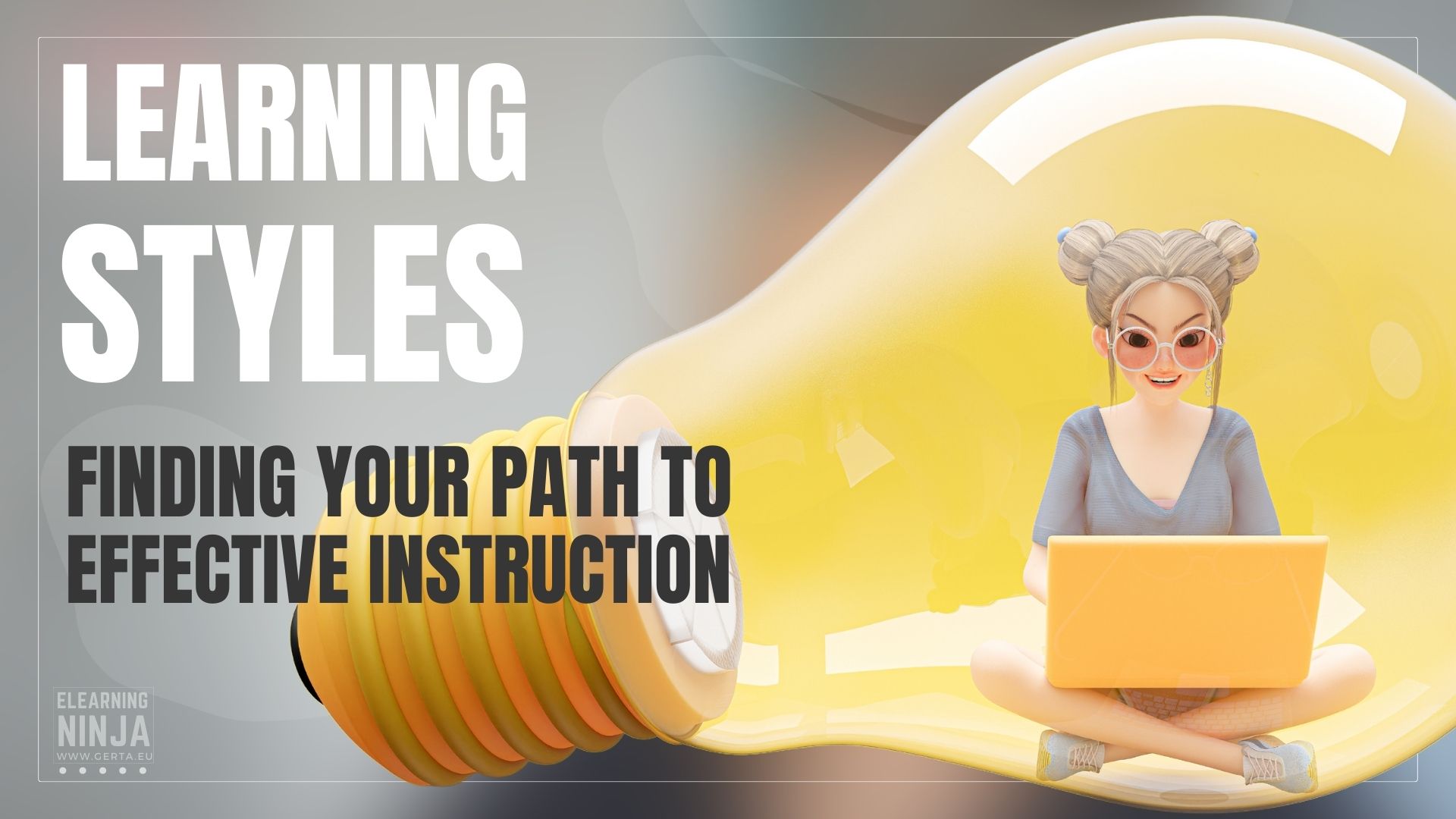Are you ready to design learning courses that truly engage your learners? In my recent blog post, I explored essential principles and approaches, and one principle stood out: learner-centred design. Today, let's dive deeper into this approach and discover how it can transform your teaching!
Understanding learning design principles is crucial for creating engaging online courses. Adopt a learner-centered approach, set clear objectives, employ engaging strategies. Embrace the evolving nature of learning design, stay curious, and adapt to meet learners' changing needs.
Learning styles are one of the core concepts in course design. Understanding them helps to tailor instructional approaches. In this blog, I explore learning styles, models, and strategies to meet diverse learner needs.
Discover the importance of formative and summative assessments in education. Learn how they contribute to student growth and success, their differences, and the benefits of incorporating both for effective learning outcomes.
Knowing the Basics of Learning Design is crucial for creating effective educational experiences. It involves designing materials, activities, and assessments for optimal learning outcomes. In this blog post I share learning design fundamentals for beginners.
There are various tactics to consider, but one element you can not afford to leave out is addressing learners’ motivation. Motivated students learn more effectively and are more actively involved in the learning experience. Today, I want to look at Gilly Salmon’s 5 Stage Model and how you can use it.
When this course is specifically targeted at adult learners, it must take into account their characteristics. To a certain degree, it will also need to overcome some of the barriers that adult learners might face in their learning journey. In this article, I will talk about motivation strategies you can incorporate in your course using the ARCS Model.
It’s Halloween season, and there’s no better time than now to admit that my learning design closet is like a scene from Poltergeist. These ghosts and skeletons haunt me every day, and I’m sure they’ll give Chucky a run for his spookiness.
Knowing a few of the technical aspects of audio and video recording before getting started is critical. The last thing needed is to get video or audio recorded, and during playback, the sound if not of use. In this post I talk about Metering, Levels, Audio formats and the importance of the decent quality headphones.
Let’s face it—in this world we’re living in, even if you’re not creative, you need a user-friendly digital platform where you can easily share and showcase your skills or potential. Using an online tool to
Hi, I am Gerta.
Welcome to my blog.

Do you need help designing online training?
Get in touch!
eLearning tips & tricks
Get free resources, design & technology tips sent to your inbox!
…











